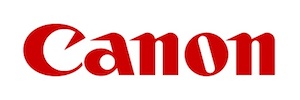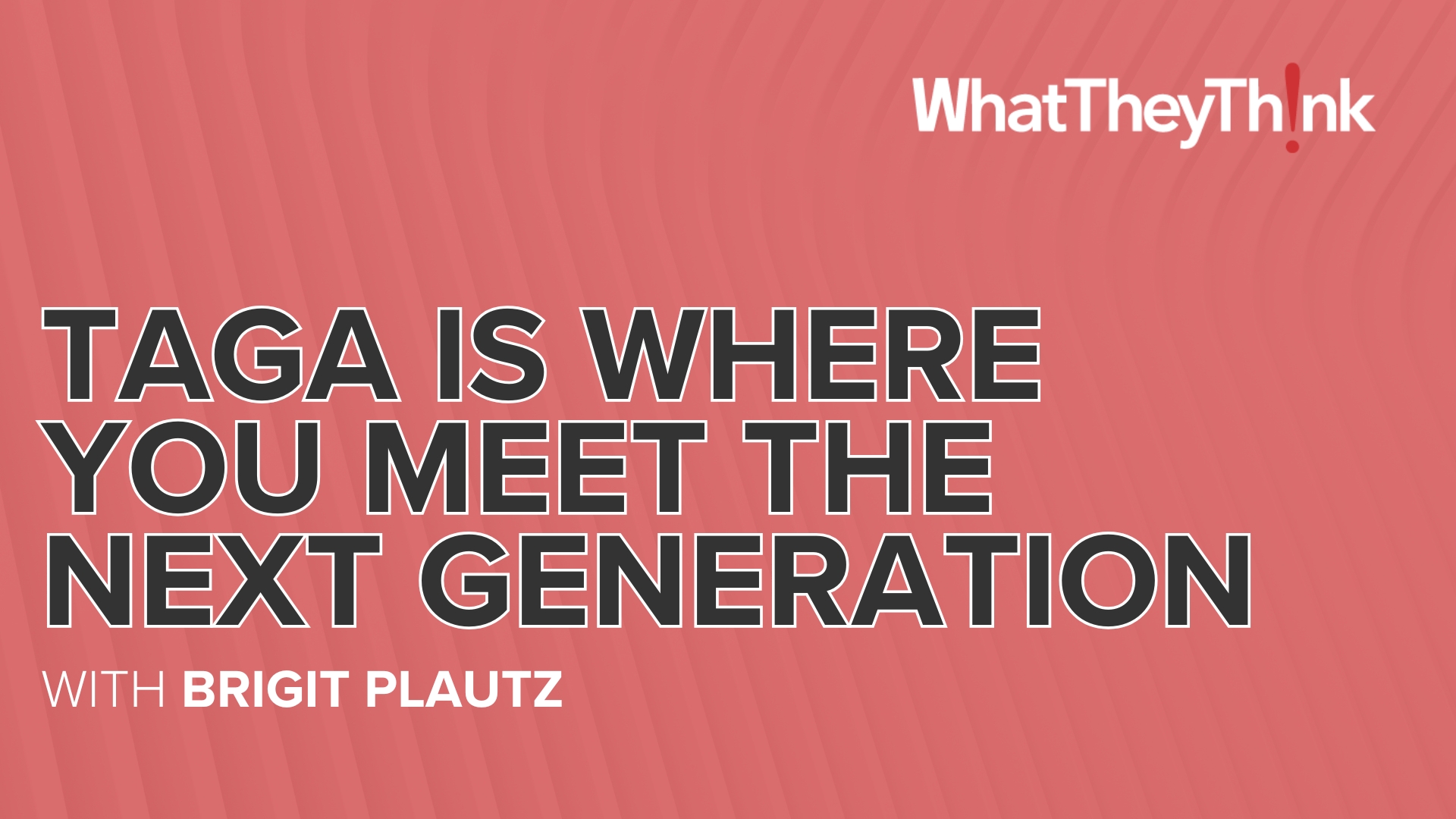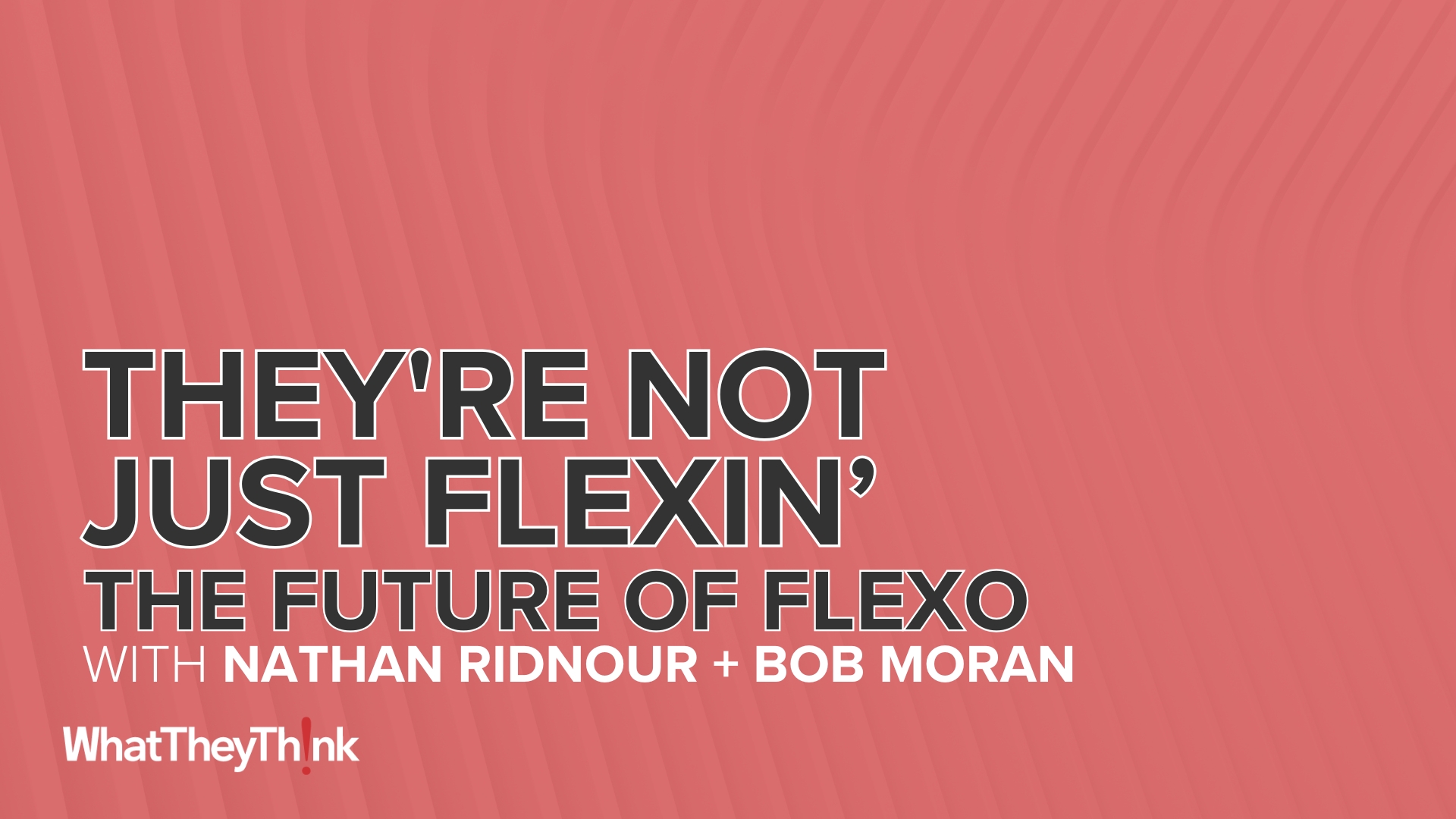Richard Romano: Hi, this is Richard Romano, Senior Analyst for WhatTheyThink.com, and we're talking with Cory Sawatski, who is Director of Print Technology for Consolidated Graphics. Thank you for joining us.
Cory Sawatski: Thank you.
Richard Romano: Now you are a user of Enfocus Switch, correct?
Cory Sawatski: I am.
Richard Romano: Now what attracted you to the idea of workflow automation? What are the kinds of things that you've been automating?
Cory Sawatski: Several years ago, you know, with the economy doing what it's done, we saw a reduction in the size of our economy, our business as a whole. With that came a big change in how people do their business. It's smaller quantity orders, but a lot more of them. Lots and lots of orders going through the shop. And what we found was that we had to find a way to automate those so that the touches didn't completely destroy our turnaround times, our margins – all those things. So we went in search of different automation tools. In any of those situations, what you look for is you look for repeatable, redundant items that you can take, automate, and then have them run on a daily basis to take the kind of just fun work out of the process.
Richard Romano: So you're not trying to replace anybody's job or replace anybody creative in the workflow? Just to automate repetitive jobs?
Cory Sawatski: Right. Well and being a pre-press guy myself, I have a lot of respect for the artistic nature of the business. That being said, I don't like to have talented operators wasting their time with tedious, mundane steps. The other thing about that is is that obviously because of the shrinking business, we have lost several people and because of that we basically look to go ahead and up what we can do in each of those companies with an automated tool like Switch.
Richard Romano: So now what attracted you to Switch?
Cory Sawatski: Switch, as an individual product, is extremely strong across the board. You've got Enfocus, who's a long-standing company, well known for what they've done with Pitstop, and then beyond that the usability of the Switch, the way that its – the interface allows you to work with it. It's much simpler than some of the other tools that I've seen. They do price entry, point is fair I think for the market. There's so many things about it that we really enjoy and I have some people that work with me that understand the product really picked up on it quickly. So lastly, too, and I want to make sure that I mention this, they're an individual company that is focused on an individual product. They have a few products but in this particular case I can call them directly and the way that they developed the product, I can have influence on. So it's not like a huge company that you can't talk to. So I enjoy that advantage. But since it's so production oriented, it's a little more difficult to really do any real heavy data management. It's all open; so we've had some custom programming done and it really functions well.
Richard Romano: So what advice would you have for other printing companies who might be looking in to automating their workflows?
Cory Sawatski: Well, one of the biggest thing is is that we need to identify the value of the automation. You need to sit down and really whiteboard or Visio or whatever you want to use to really map out your workflows. Once you map them out and you can actually analyze the steps that you're going to be able to take out of the process, you can see value to that. The way that we prefer to look at it is we're upping capacity. We're able to say, "We could do this much more business, so bring in this much more business into the company." And it allows us to open up that way. So really, like I said, dig in to where your value is and then when you see the pricing for it and you kind of go through talking to the guys about it you can figure out exactly what you need of their product and be smart about how you buy.
Richard Romano: Well great advice. Thank you very much for joining us.
Cory Sawatski: Thank you.

 Official camera partner of WhatTheyThink and the drupa daily.
Official camera partner of WhatTheyThink and the drupa daily. 












